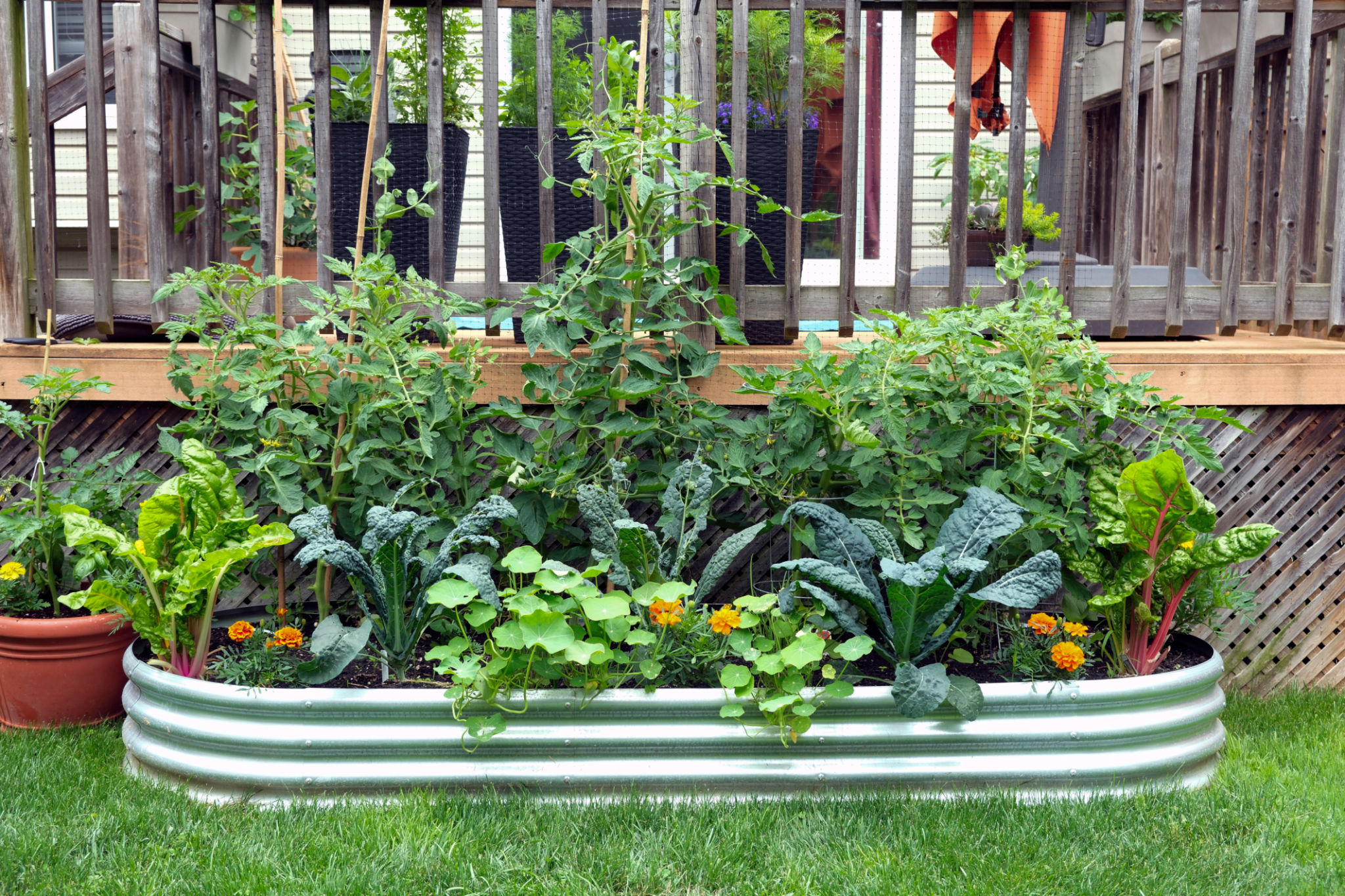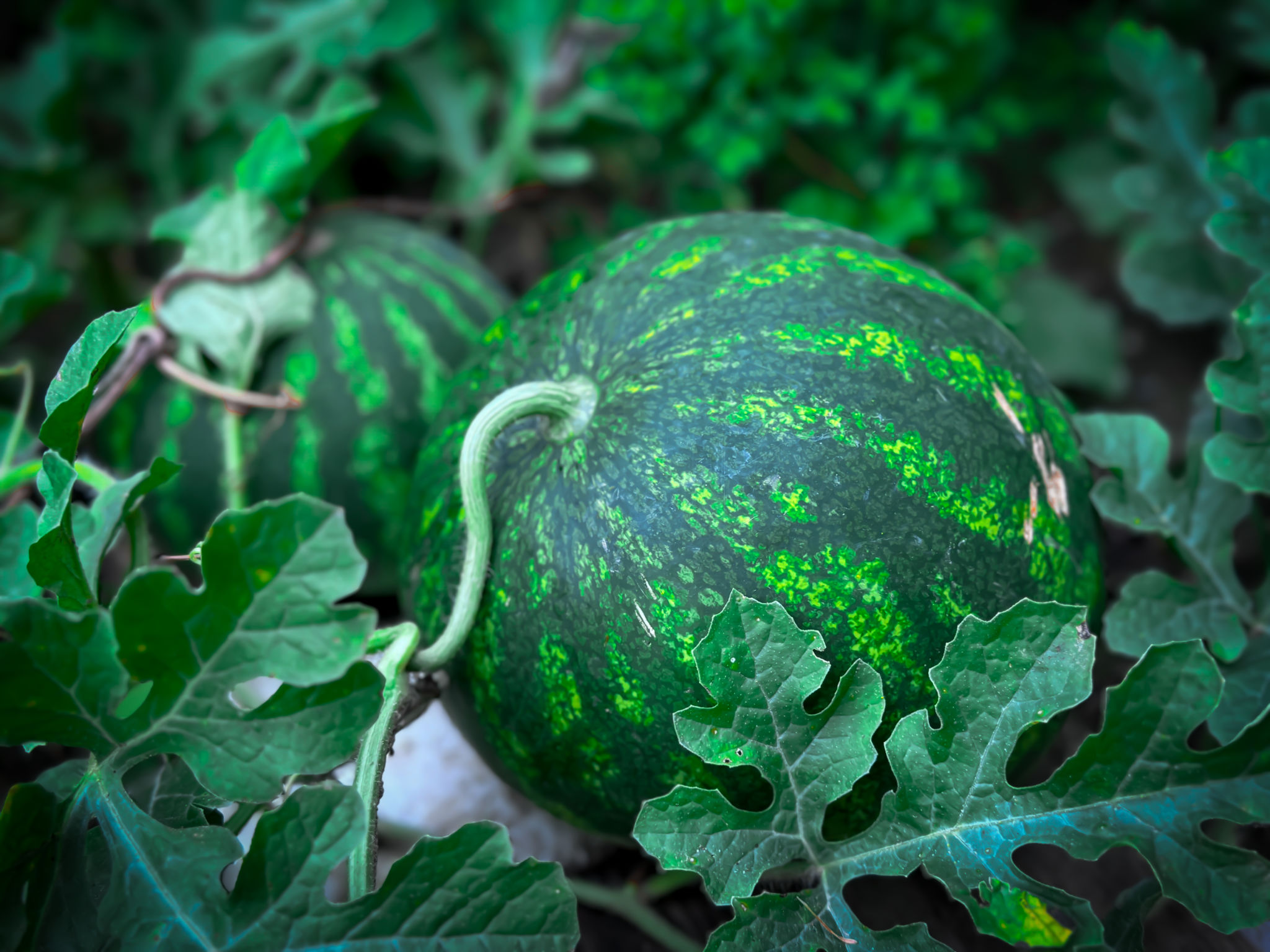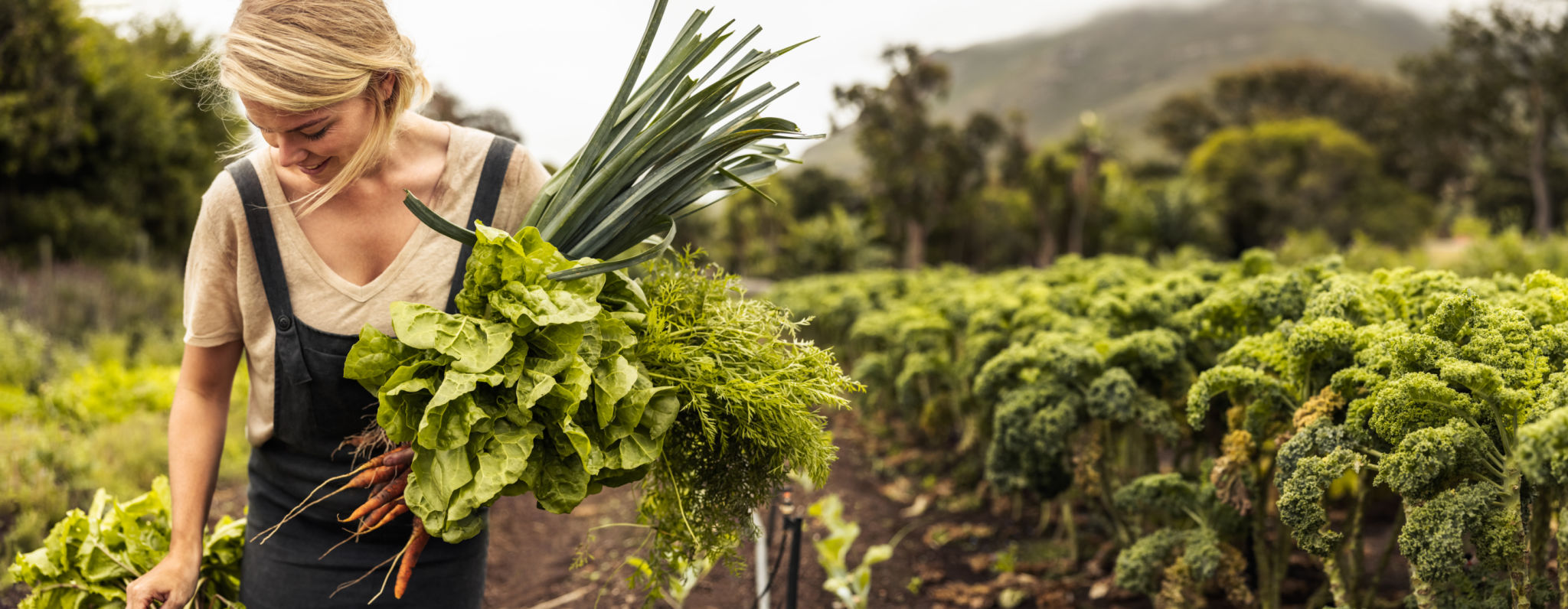Case Study: How Eco-Friendly Practices Improved a Detroit Lawn
Introduction to Eco-Friendly Lawn Care
In recent years, the shift towards sustainable practices has reached various sectors, including landscaping. Homeowners and businesses alike are increasingly aware of the environmental impact of conventional lawn care methods. This case study highlights how eco-friendly practices transformed a typical lawn in Detroit, offering both environmental benefits and enhanced aesthetic appeal.

The Initial Challenges
The Detroit lawn in question faced several common challenges: patchy grass, excessive water usage, and chemical runoff. These issues are prevalent in many urban lawns, where traditional care often involves heavy fertilizers and pesticides. The homeowner was determined to find a solution that was both effective and environmentally responsible.
Implementing Sustainable Practices
To address these challenges, the homeowner decided to implement a range of eco-friendly practices. The approach focused on three main strategies:
- Organic Fertilizers: Replacing chemical fertilizers with organic alternatives to promote healthy soil and reduce harmful runoff.
- Native Plants: Introducing native plant species that are more suited to the local climate and require less maintenance.
- Water Conservation: Installing a rainwater harvesting system to minimize water use and reliance on municipal water supplies.

The Transformation Process
The transformation began with soil testing to understand nutrient levels and deficiencies. This allowed for a tailored approach to soil enrichment using organic compost and natural amendments. Next, native plants were strategically integrated into the landscape design, providing natural beauty and resilience against pests and diseases.
Water conservation efforts included the installation of drip irrigation systems, which deliver water directly to the roots of plants, minimizing evaporation and wastage. Additionally, mulching was used to retain soil moisture and suppress weed growth naturally.
Results and Benefits
The results were remarkable. Within months, the lawn exhibited lush, green growth and significantly reduced pest activity. The use of native plants added diversity and attracted beneficial wildlife like bees and butterflies, enhancing the ecological balance of the area.

Moreover, water usage dropped by nearly 40%, demonstrating the effectiveness of rainwater harvesting and efficient irrigation systems. The homeowner also noted a decline in lawn care expenses over time, as organic materials and native plants required fewer inputs than their conventional counterparts.
Conclusion: A Model for Sustainable Landscapes
This case study illustrates that adopting eco-friendly practices can lead to thriving lawns that are both beautiful and sustainable. By focusing on soil health, native vegetation, and water conservation, homeowners can achieve impressive results while contributing to environmental preservation.
As more people become aware of the benefits of eco-friendly lawn care, it's likely that such practices will become the norm rather than the exception, paving the way for healthier communities and ecosystems.